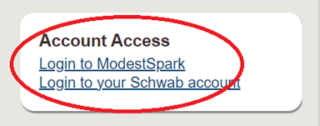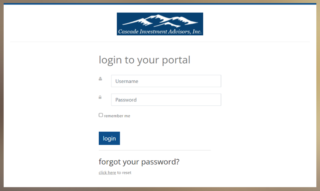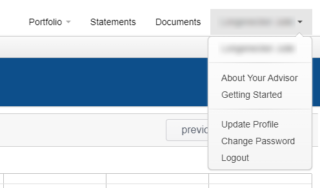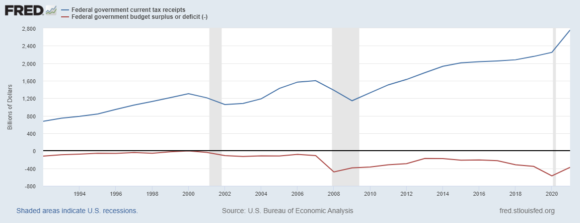Most recently, market chatter has revolved around the debt ceiling, with finger-pointing all around. Investors, business owners, heck – all citizens, are worried that Congress will not come to an agreement around raising the debt ceiling. But is it true, like politicians and the media like to say, that the US has never defaulted?
In a word, NO, that is not true.
In 1979, the Treasury neglected to pay investors in its bills. Here is a description of the event:
Investors in T-bills maturing April 26, 1979, were told that the U.S. Treasury could not make its payments on maturing securities to individual investors. The Treasury was also late in redeeming T-bills which become due on May 3 and May 10, 1979. The Treasury blamed this delay on an unprecedented volume of participation by small investors, on failure of Congress to act in a timely fashion on the debt ceiling legislation in April, and on an unanticipated failure of word processing equipment used to prepare check schedules.
There is no question that this constituted default. Furthermore, Treasury was reluctant to pay interest to “catch up” investors given that they’d been out payments for some time. Two researchers, Terry Zivney and Richard Marcus, found that the default resulted in higher interest rates, by a substantial margin, for several months and likely longer after the default occurred. Of course, it’s completely rational for investors to demand higher rates from issuers that default.
That said, this event has obviously faded so far into the past that no one even brings it up, despite the fact that it does amount to a US default, and the fact that against the background of considering whether the US will default now, it seems important. Obviously, the US lived to borrow another day and for a very long time at very low interest rates, despite neglecting to pay its borrowers for a time in 1979. Food for thought.








